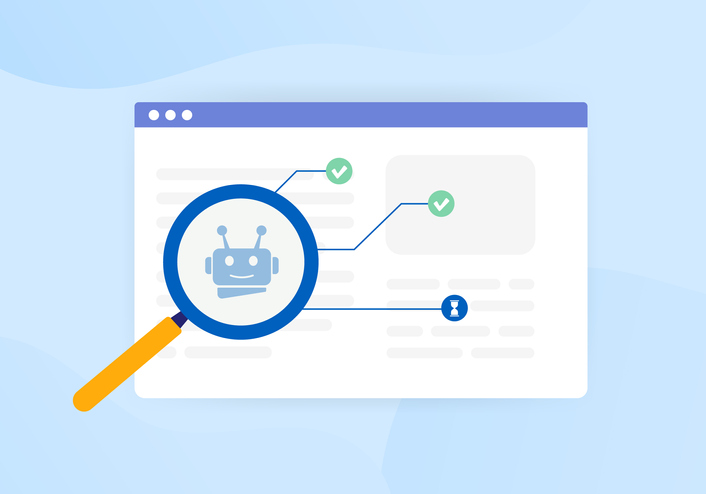Are you a vacation rental owner looking to get more traffic to your website? SEO can be a powerful tool to help you do just that. But if you’re just getting started, it can seem daunting. Don’t worry – this blog post will provide you with 5 simple SEO tips you can implement quickly and easily to boost your website’s visibility in search engine results pages. Read on to learn more about increasing your vacation rental’s visibility with SEO!
1 – Find your audience

First things first, who are your potential clients?
- Solo travelers?
- Couples?
- Big families traveling with a dog?
Targeting a specific audience will improve your chances of reaching the right customers at the right time.
If you offer large multi-bedroom houses on the oceanfront, you can target bigger families looking to book a family getaway.
Your area will also tell a lot about the audience and who frequently travels in the area. If you’re located in a busy area with many attractions, you may want to target younger people looking for a fun time. On the other hand, a cabin in the woods near the lake may be interesting for families that like outdoor activities.
These are just some simple SEO tips showing how an understanding of your customer can help create better content and use the right words to attract your audience.
Go further and find out more about how to use target marketing.
2 – Put time into keyword research

Keywords are about finding the audience’s intent. To do that, you have to start by identifying the specific needs of your customers and finding keywords that match them. This SEO tip is one of the most important:
– Find keywords relevant to your niche – Look at other websites in your industry and see what words they rank for on Google’s search engine results pages (SERPs). Browse through their content and get a feel for their language, style, and vocabulary. Using some of these exact words in your site content will help you rank higher for those terms and give visitors a better experience on your site since it matches their expectations for content on the topic.
– Find the right intent. You may see some keywords with a high search volume, but it may not be the right intent you are looking for.
For example: “luxurious homes” may have a high search volume, but it’s too broad to identify the actual intent. It may be an interior design professional looking for inspiration for the next project. The more specific the keyword, the more chances you can match the actual user intent. In this case, someone looking for “luxurious home rentals in Miami beach” is what you want to target.
You can read more content about keyword research to help you find the right ones.
3 – Use the keywords
Once you find the right keywords, you need to tell Google what your website is talking about.
To do that, you need to use your keywords in titles, meta descriptions, and of course, create content about it.
Your audience will scan the page really fast, looking for the best match, so you want to use the right keywords and sentences to grab the user’s attention.
The meta title or title tag is the blue title that will attract potential clients to click on your link.
Make sure to use the right keyword to match the user intent. If users are searching for “House rentals in Miami” but your title tag says “Lorem ipsum”, they will probably click on the competitor’s link.
The meta description is the short text paragraph underneath the title in search results. It’s your chance to let the searches know what your page is about.
4 – Optimize Images
Make sure to optimize the images so search engines like Google can “read” them.
Some important factors are:
- The image size should be under 400KB. You want your website to load fast.
- Rename your images to match the keyword (beachfront-rentals-location.jpg)
- Use the alt text to describe the image.
5 – Make your website crawlable

Last but not least, Google needs to find your website.
Even using all the SEO tips and having the most optimized webpage will never show up on Google if something is making it impossible to find.
Some issues that may block your website from being found:
– Make sure the robots.txt file is correct.
– Add your webpage to the sitemap file.
– Submit the sitemap.xml file to Google Search Console.
– Check for canonical errors.
Check for possible 404 errors, wrong redirects, slow page speed, and server errors.
Here at ICND, we have a whole team that can take care of all this and more for you.
 866.249.6095
866.249.6095